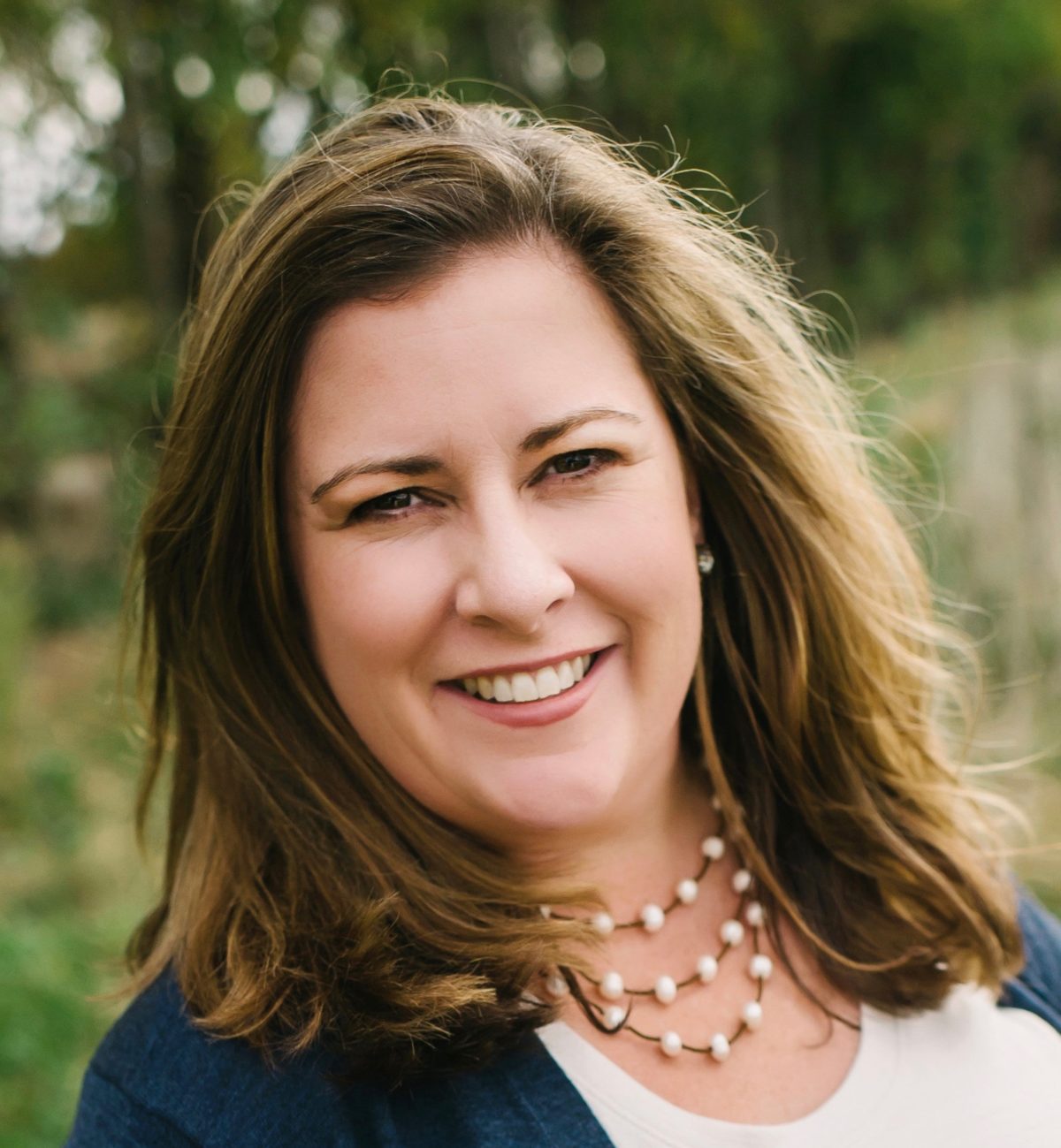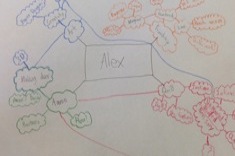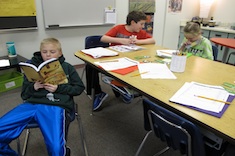Recently I spoke at a local university to a group of student teachers, just as I do every spring. When I asked their supervisor what topics they needed me to cover this year, he quickly said, “Classroom management.” I groaned and asked him what he could possibly want me to talk about. He had been in my room many times over the years and knew I didn’t have a set management system. Heck, there weren’t even rules posted in the room! He wrote me back and said he wanted his students to understand how my room ran without those items in place. That, I could do.
Relationships, Not Clips
It was five years ago that I realized why I had an issue with classroom management systems, such as having names on the board, or clips. My son, Luke, was in first grade. I received an email during the school day and was reading it when my students came in the room from music class. Shaking my head, I came to the carpet. A boy on the carpet, Michael, asked what was wrong. I shared with my class that Luke’s teacher had emailed to tell me he had moved his clip that day to red for getting a drink from the hall without permission. Michael asked what I was going to do about it – ground him? I replied that we’d talk about it when I got home, but Luke was a good kid and had simply made a mistake. Mistakes are there for us to learn from, and I was certain he was already upset enough with himself; I didn’t need to compound that.
Michael replied, “You don’t think he’s a bad kid even though he moved his clip to red?” When I said of course not, he began to cry. The students and I were very concerned and finally got Michael to admit that he had moved his clip to red twice in second grade and assumed from there on out that he was bad.
What message are we sending our students? This is the problem I have with these types of management systems—cards, clips, names on the board. Thirty years ago I sat in a classroom where all of our names were on the board. If we spoke or misbehaved, we got a check. Two checks equaled a loss of recess; three, a trip to the office and a call home. Having our names there was anticipation of misbehavior. Being a shy child, I desperately wanted to avoid getting a check, so I stopped speaking in school. No check marks for me. What I noticed was that kids like me stopped talking. Some kids were occasionally off task—like Luke or Michael—and got a check randomly. They took it hard, and then, often, they stopped speaking up. Then there were the kids who always got check marks. They didn’t seem to understand why they got them—or, knowing what I know now, probably thrived on any attention at all. They got check marks galore, and many visits to our principal. This system didn’t seem to work for anyone in my class back in the 1980s. Judging by Michael’s reaction to Luke’s clip, it still doesn’t.
The Power of Relationships
In my classroom I’ve never had a system like the ones discussed above as a result of my own experiences with them in school. What I believe works better is this: I start off the year believing everyone can succeed. I also learn as much as I can about my new students from the previous teachers. I’ve heard teachers say they want to go into the school year blind because they don’t want to form negative opinions about their students, and I see benefit in that. However, I teach in a small school. I already know quite a bit, so that is unavoidable. What I really want to know is who had a horrible year in fourth grade. I make it my mission to not let that happen again.
Tyler is a great example of this. Tyler was in my class several years ago when my classroom was overlooking the playground. I knew Tyler’s name well because during his previous year in school, he was sent to sit on the wall during nearly every single recess. Tyler could be heard shouting or banging his head on the wall under my windows. When I saw his name on my class list, I wanted to change that.
On our first day of school, Tyler walked in with all the other students. Walking around as they unpacked supplies, I gave Tyler a hug. He looked at me with surprise, and I said I was just so happy to have him in our fifth-grade class. I had noticed him in the halls the year before and felt certain he was meant to be in my room. Tyler looked at me like I was crazy, but continued unpacking.
I found as many jobs as I could for Tyler in those first weeks—anything he could do that would help the class or me—and always thanked him for being so kind and considerate. I strongly believe that you can help shape a child’s narrative of themselves. If you tell them they are kind—and catch them doing a kind act—they will begin to believe it. Tyler began to change his own story.
The year with Tyler was amazing, and he went on to middle school. I’ve seen him briefly over the past few years, but smiled when I received a Facebook message from him recently. He introduced himself in case I had forgotten him, told me that seventh grade had gone well, and then said, “Thanks for being a great teacher. I always knew you liked having me in your class.”
Tyler has grown exponentially, but I don’t think that would have happened with check marks by his name, or red cards each day. Knowing Tyler, helping him find success, shaping his story—that helped. Isn’t that what we want for our students?
Preparing to meet with the student teachers, I knew what I wanted to tell them. Classroom management is not about systems. It is not about controlling your students. What classroom management is about is giving up that control, and handing it over to them. Teaching them to recognize what is in themselves. Empowering your students to make their own decisions. Helping students see that we all mess up, that it is what we learn from our mistakes that matters the most. This is much messier than a check mark or moving a card, but the students learn a lot in the long run. And that, I believe, makes it all worthwhile.






